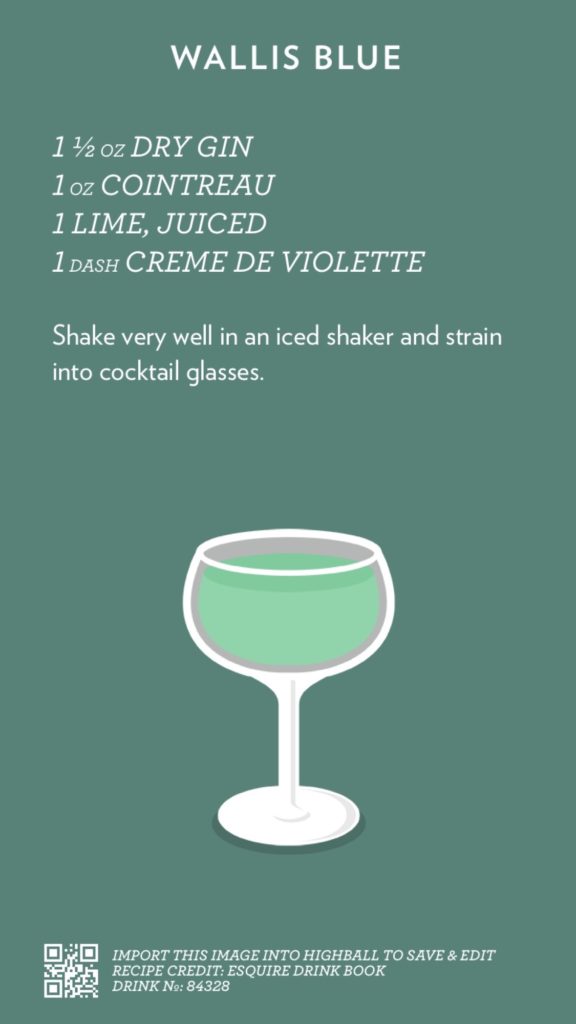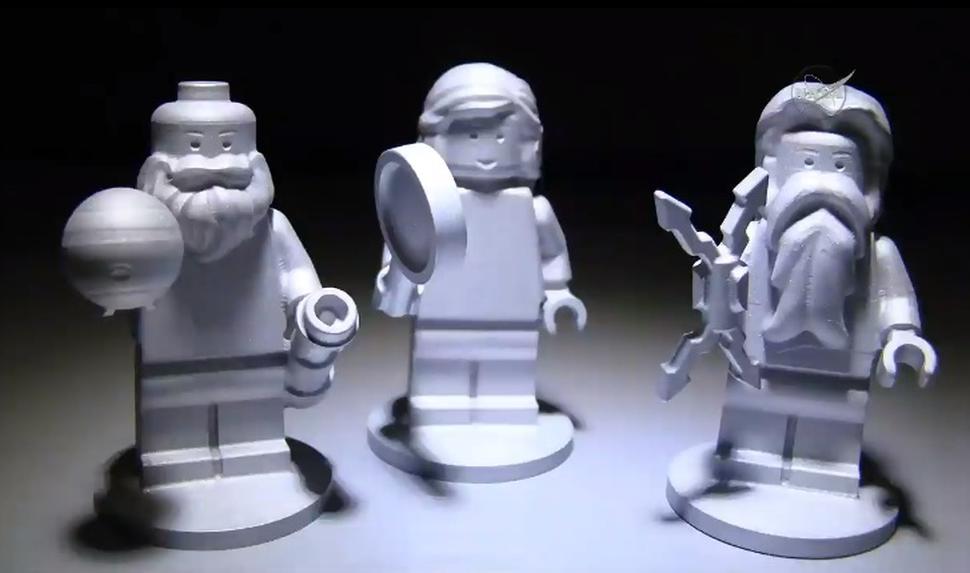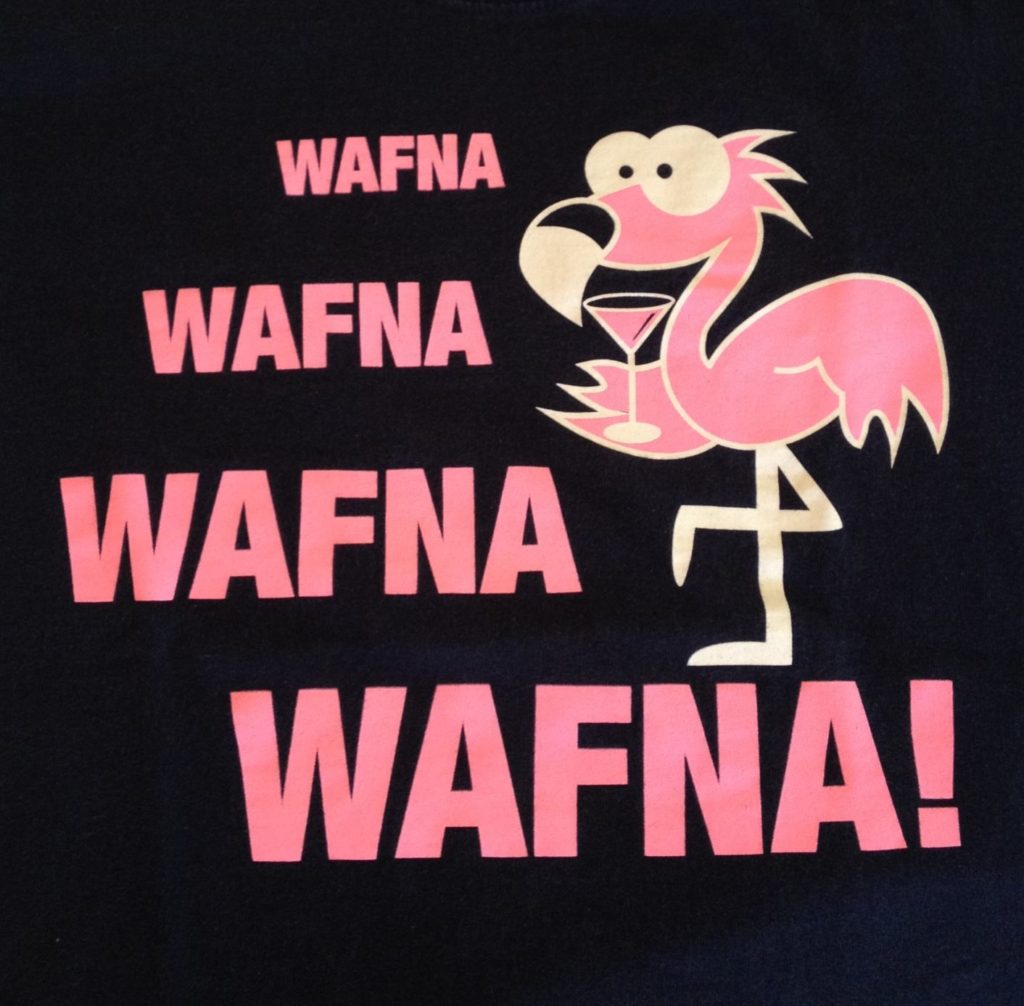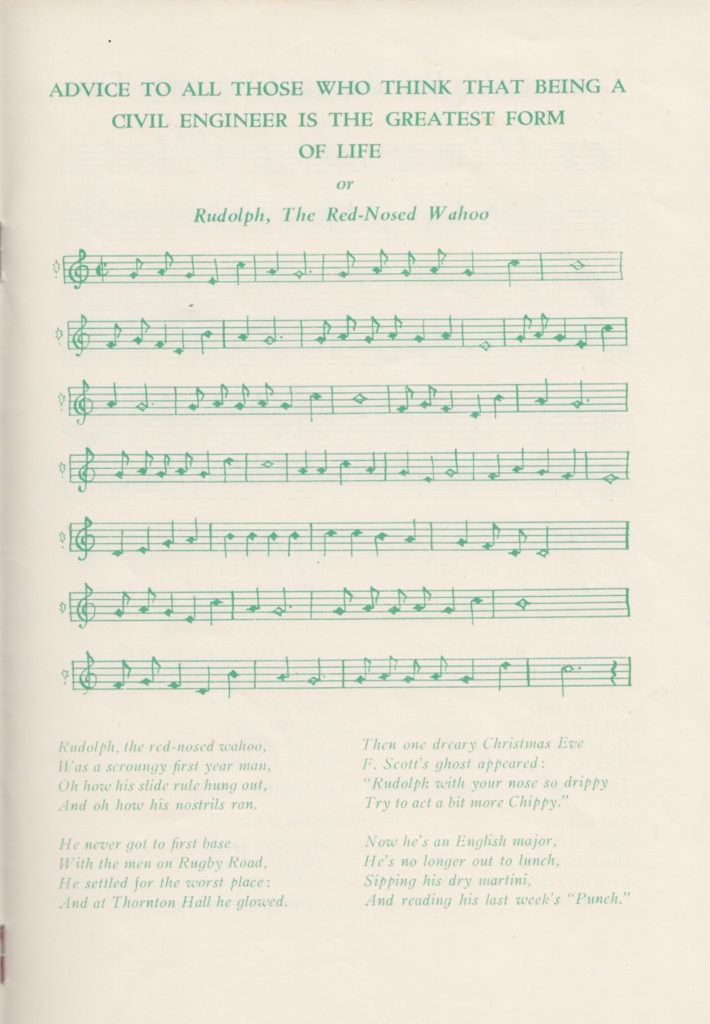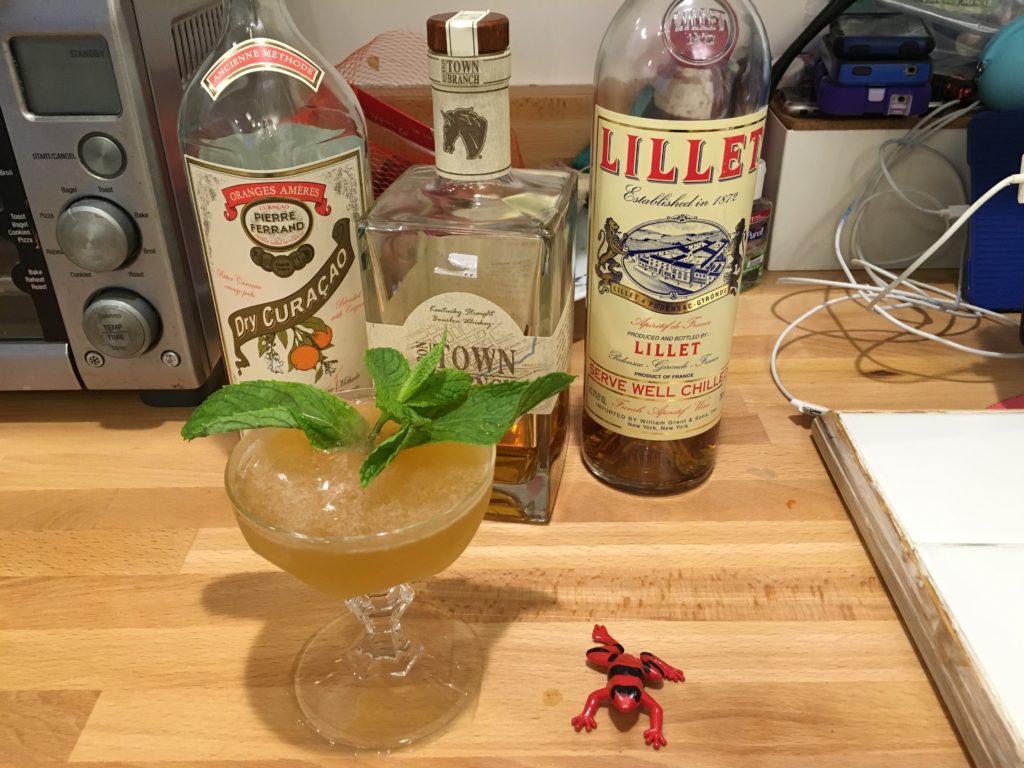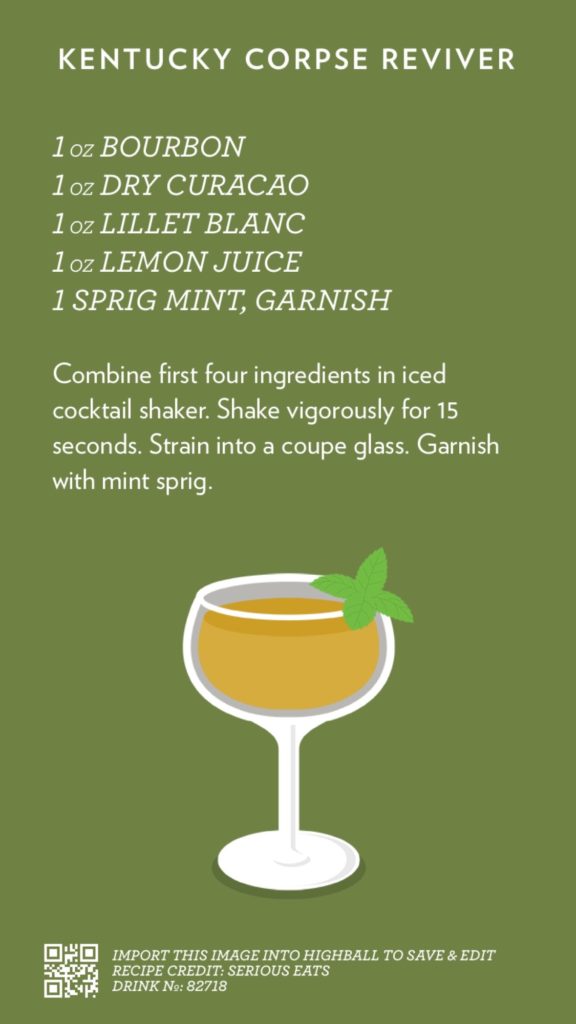Dangerous Minds: ‘Let Me Hang You’: William S. Burroughs reads the dirtiest parts of ‘Naked Lunch.’ I was exposed at a formative age to the inimitable voice of Burroughs via Laurie Anderson’s Mister Heartbreak (“Paging Mr. Sharkey—white courtesy telephone, please!”). Then my good friend Catherine shared on a mix tape tracks from Material’s Seven Souls, including “Ineffect” and “The End of Words,” that also featured the voice and words of Burroughs. The common thread was producer Bill Laswell. Then I started hearing other recordings, including Dead City Radio and Spare Ass Annie and Other Tales, which were produced by Hal Willner, who apparently recorded the Burroughs tracks that are the basis for this new collection.
As we come up next year on the 20th anniversary of Uncle Bill’s death, it’s delightful to come across new recordings of the master, even if the material is, as Dangerous Minds warns, very unsafe for work.

